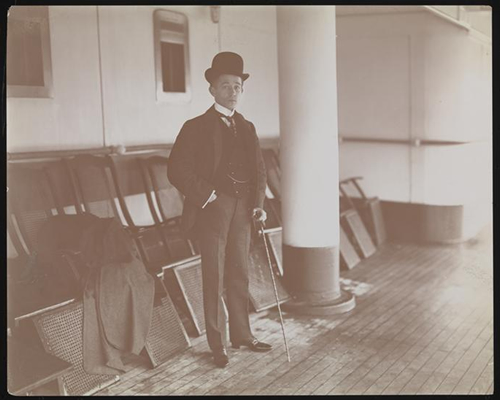New York
Unappreciated. Endangered.
PowerCap responding a New York Times piece on the Big A:
I contend that Aqueduct holds a different type of charm. Certainly in this world there are diverse experiences and tastes — especially in New York. Aqueduct is a remnant of old working class New York …
The New York Times on NYC OTB workers facing their future:
After that, she said, she would have to find another job soon because merely maintaining her health insurance would cost almost $500 a month. “I’m good at everything,†she said, rattling off her qualifications. “I can serve food. I can run a register. I can stack boxes. I can baby-sit kids.â€
From John Scheinman’s report on uncertainty in Maryland:
“I think it’s kind of a shame what they’ve been doing so far,†said jockey Forest Boyce…. “The most amazing thing about this industry is they employ all levels of education, from people who just got out of jail to people that graduate from Yale.”
The Washington Post on the last day of racing at Laurel:
There are 85 trainers with 969 stalls at Bowie and 68 trainers with 1,059 stalls at Laurel Park. “There’s going to be a lot of unemployed, homeless, helpless people with nowhere to go,” says Pickett, 30, who was one semester shy of a law degree when she chose to work with horses full time.
If Churchill CEO Robert Evans’ 10-year business model for racing is right, we’ll be reading more of these stories in the near future as the industry contracts.

Tod Sloan, “great jockey, famed rounder, spender, one-time friend of millionaires and occasional toast of royalty,” on his return from Europe, 1898. The portrait is part of the Museum of the City of New York’s photography collection, much of which was recently published online. A quick search turns up approximately 150 photos of New York racing — including Sheepshead and Belmont racetracks — from the late 19th and early 20th century (via Kottke).
Reactions to the updated equine fatality rates released by the Jockey Club yesterday on Twitter: An experiment with Storify. If there was a theme to the chatter, or to the comments left on this post, it’s that the fatality stats aren’t enough on their own going forward. Now that we know there’s a statistically significant difference between dirt and synthetics, deeper analysis is wanted.
Horse owner Ted Grevelis raises a couple of excellent questions about the TJC stats: “If we don’t know the fatality rates at each racetrack, how can there be any action taken on the results of the study or, more importantly, how can horsemen decide where to perhaps avoid racing in the future?”
Over on R2, Dean considers where storefront OTB bettors will go, and the possibility that many will stop playing. An NYC OTB board member suggested illegal bookies would make a comeback, telling WNYC: “It’ll be a local bookmaker or, from what I understand, they now have a lot of places offshore. But it’s not gonna go away.” The AP seems to have picked up on that, reporting in passing, “That betting apparently is headed to illegal bookmakers, regional OTBs that can now handle city bets more easily, and foreign-based Internet bookmakers.” Apparently? Evidence, please, that bookies and offshores are gaining when legal ADWs and outlets are available. If NYRA does open teletheaters in the city — an opportunity arising from NYC OTB’s closure — it seems even more likely that money will stay in the pool.
A field of ten for the Hollywood Futurity on Saturday, the final graded stakes of the year for juveniles. JP’s Gusto has to prove he can go the distance.
Copyright © 2000-2023 by Jessica Chapel. All rights reserved.